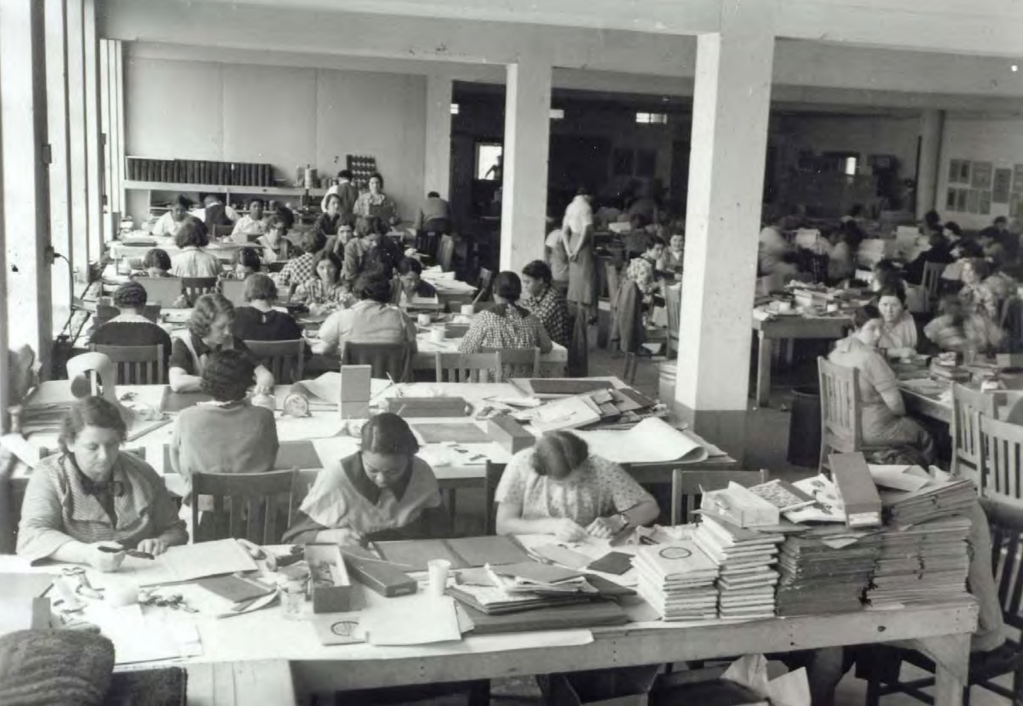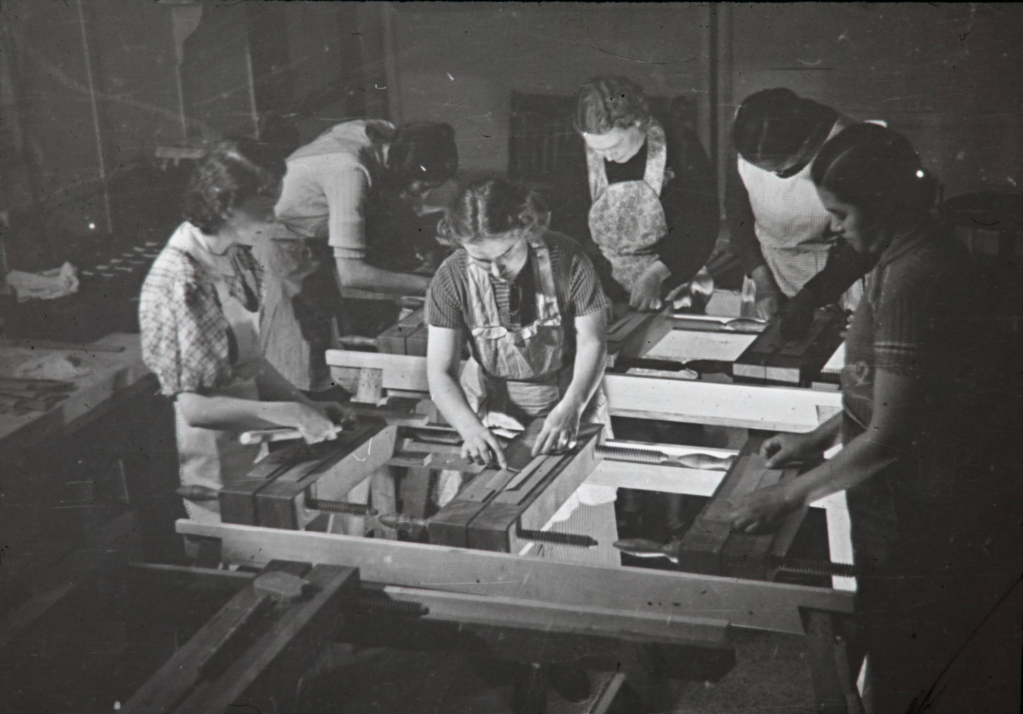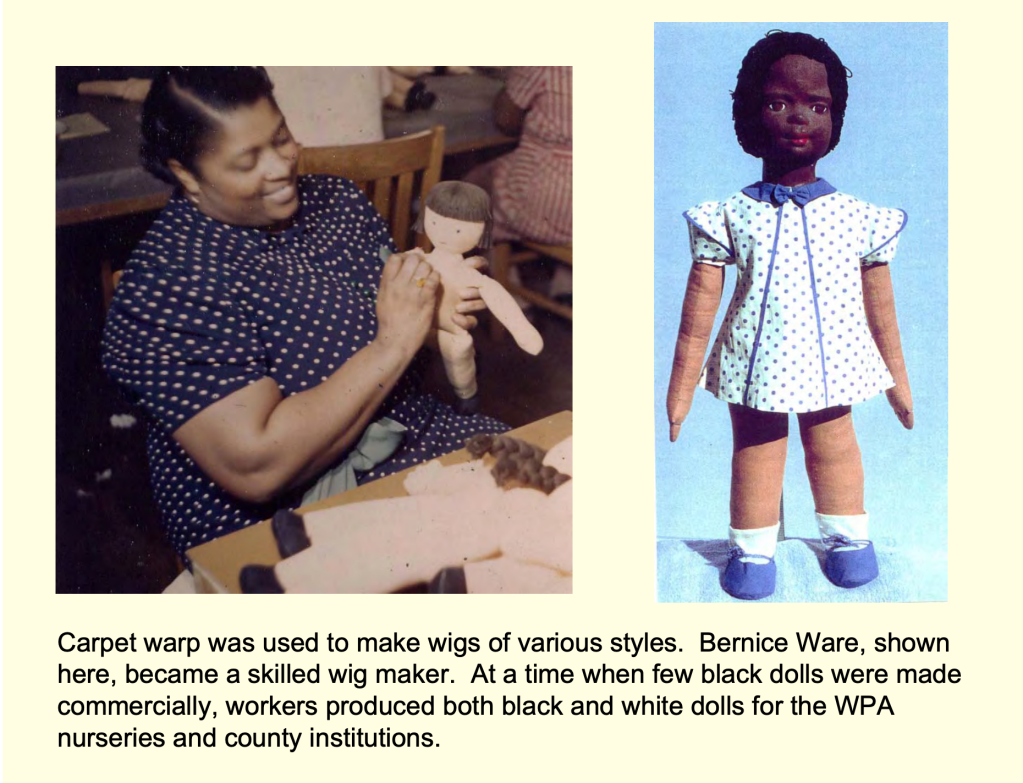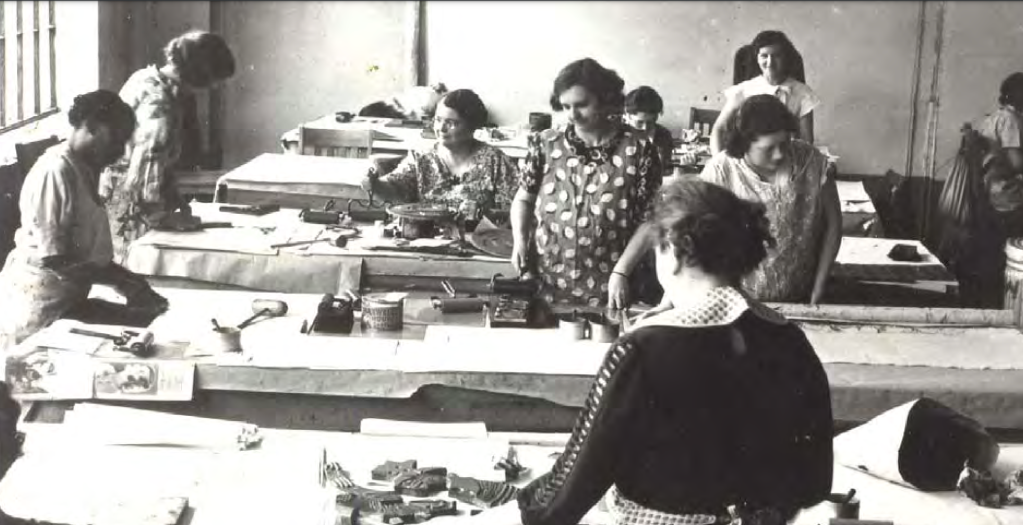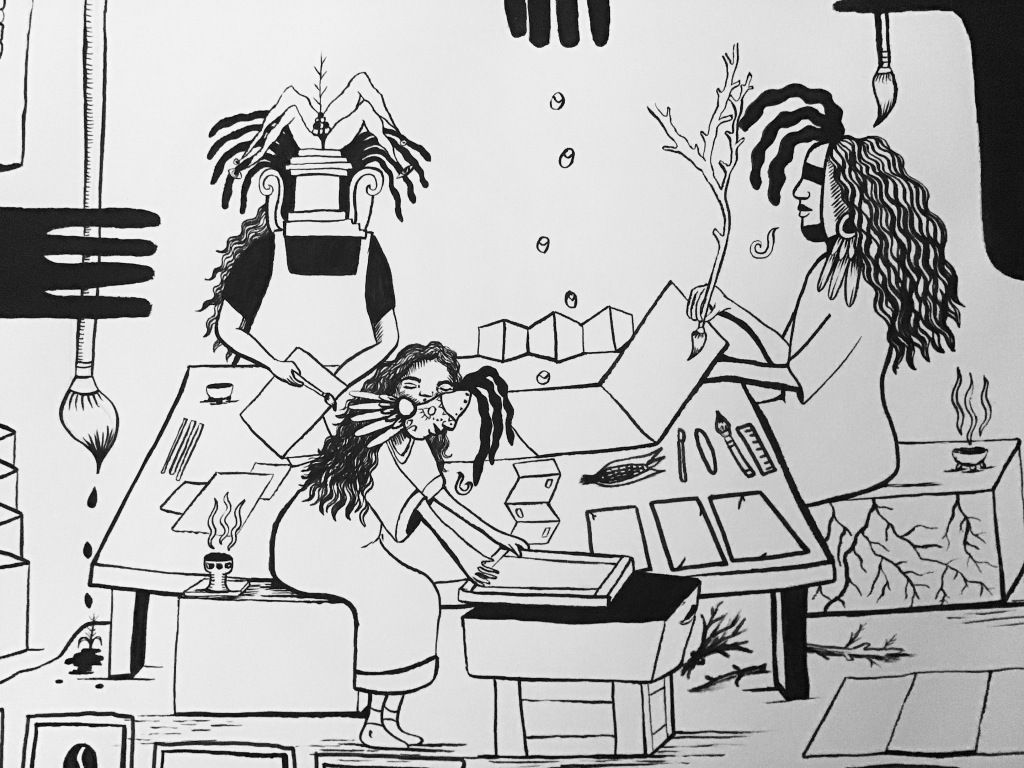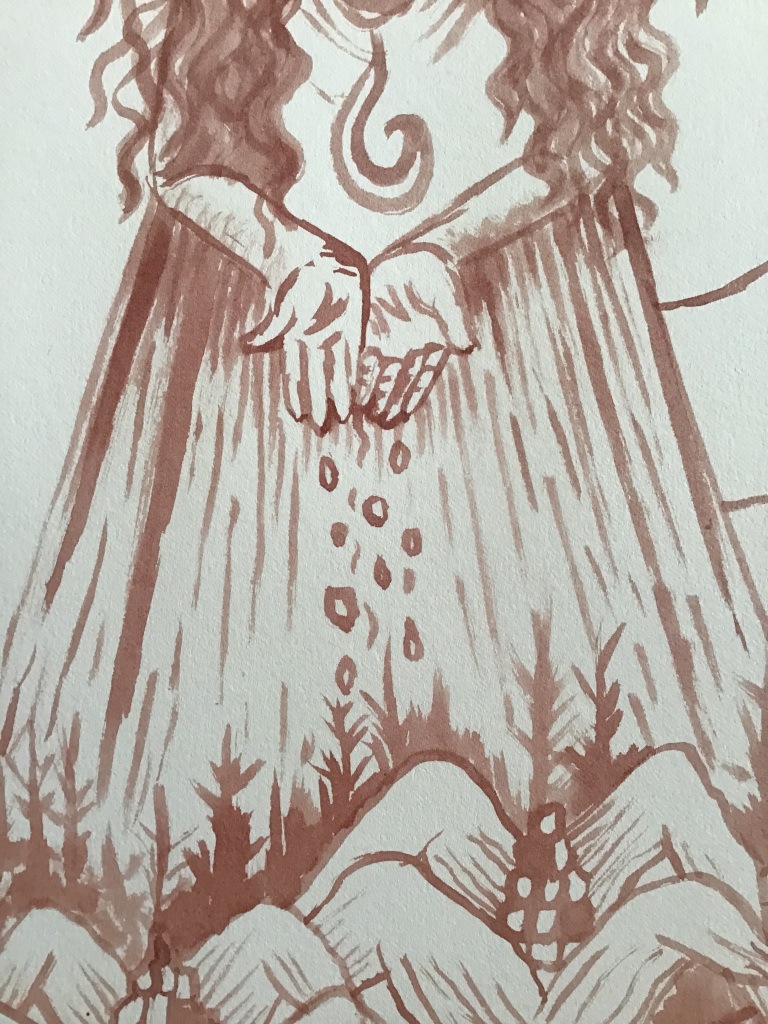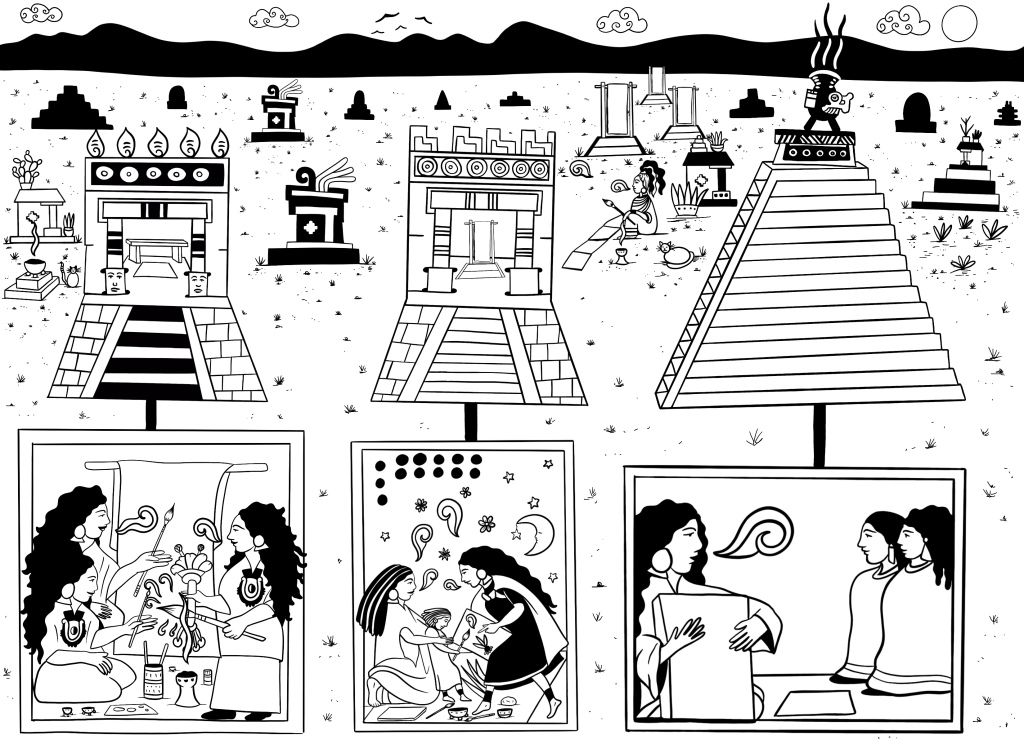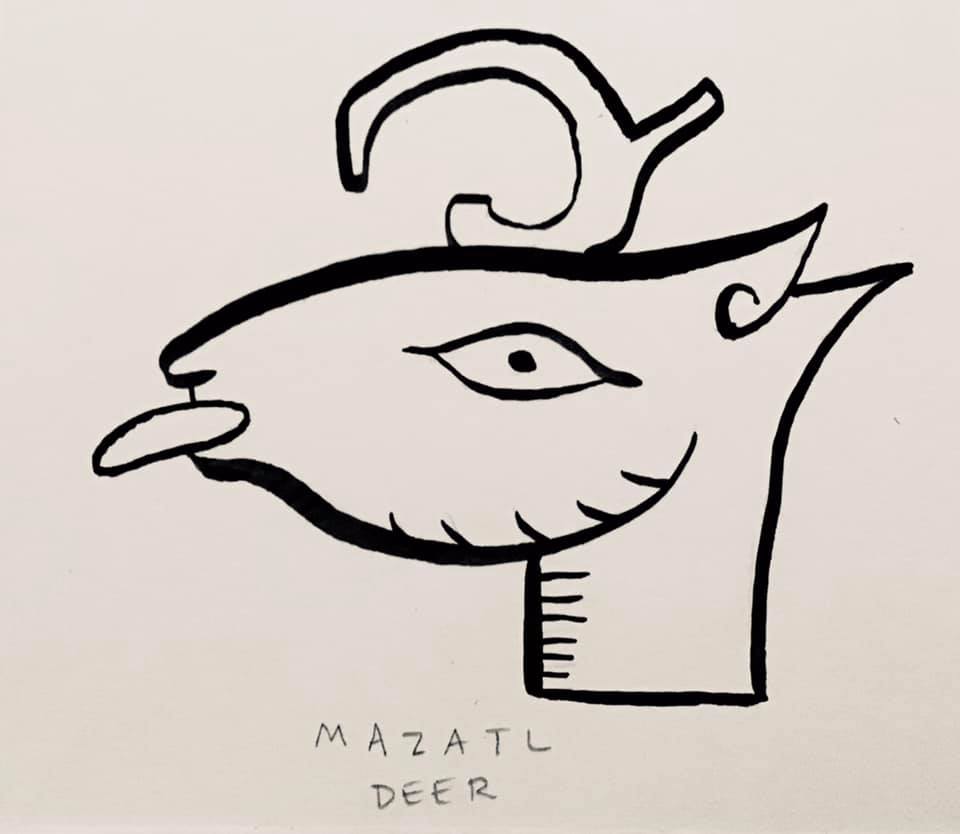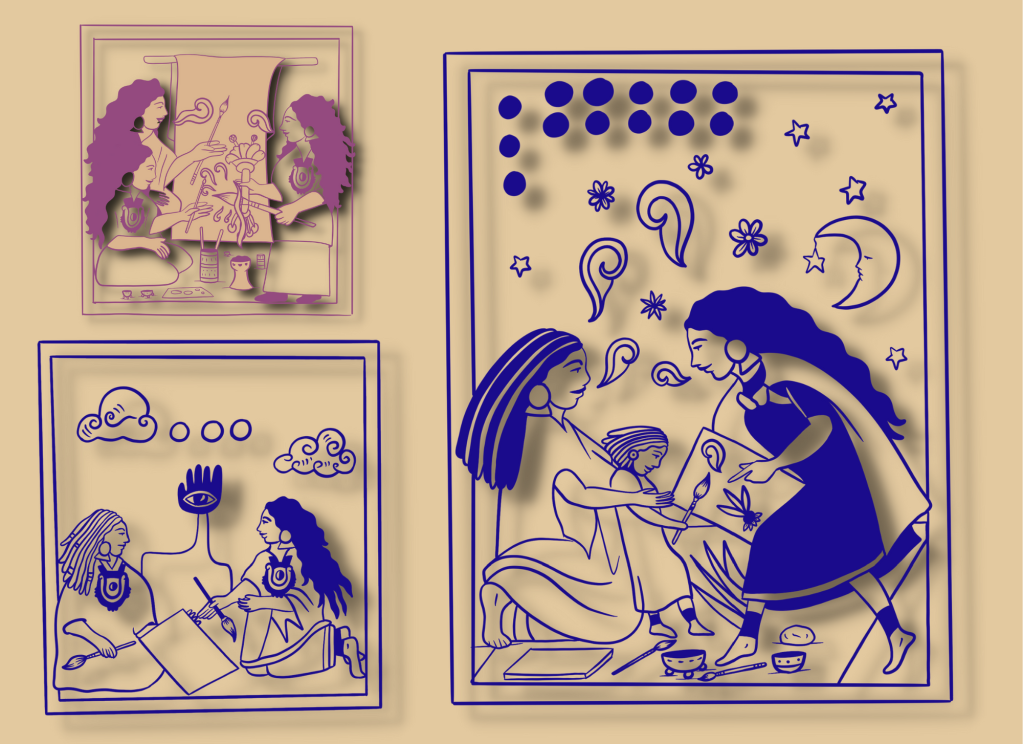As of November 2022 I am the Community Ambassador for the Milwaukee Women’s Art Library. This means I will be continuing the archive of Women and Nonbinary Artists in Milwaukee, Wisconsin. To me what archive means is to leave evidence of those who have lived; giving the People a voice to share their stories, experiences and history of a community. The University of Wisconsin-Milwaukee’s Archival team will be teaching me about what it is to archive and why we archive. The Archival team will offer their services to Milwaukee communities. The UWM Library, where the Archival team is from is a powerful tool that is free and available to the public.
As a recent UWM graduate student, one of my main reasons why I chose UWM was because of it’s public library. That library supported and still does support my own research and it is truly a special resource that I hope to remind the Milwaukee community that it is all of ours to use. The UWM Library system also shares their collections with all of UWM University campuses throughout the state, meaning you can borrow and view the resources delivered in person and making these resources widely available to view. As we move forward with this project I will be sharing some of my research that I am finding that is connected to Milwaukee Artists.
- The Milwaukee Handicraft Project 1935-1942
- Latinx/e/o/a Artist Collectives History
- Indigenous Artist Communities
- African American Artist Communities
- Uncovering how communities are linked and have always shared space
As I share my perspective of this process of learning how to archive and the importance of artist’s papers, I am honored to be able to share this learning process with my community. This type of work is really a dream project of mine; to be able to empower others to remember to share their stories, save their papers, documenting their experiences and WRITING OUR OWN HISTORY, BY US. I am part of the Latino and Indigenous community and the importance of preventing erasure, something my ancestors and my community know too well. Starting from the burning and destruction of the libraries and thousands of codices that would be lost forever by the invasion of the Conquistadors in the 15th Century Mexico to modern times of today and banning of books, continued book burnings and erasure of Indigenous languages and traditions. We still face this erasure. The urgency of writing our stories became hyper-obvious during the Covid 19 pandemic that started in 2020 and is still occurring at present moment. We need to write our books.

